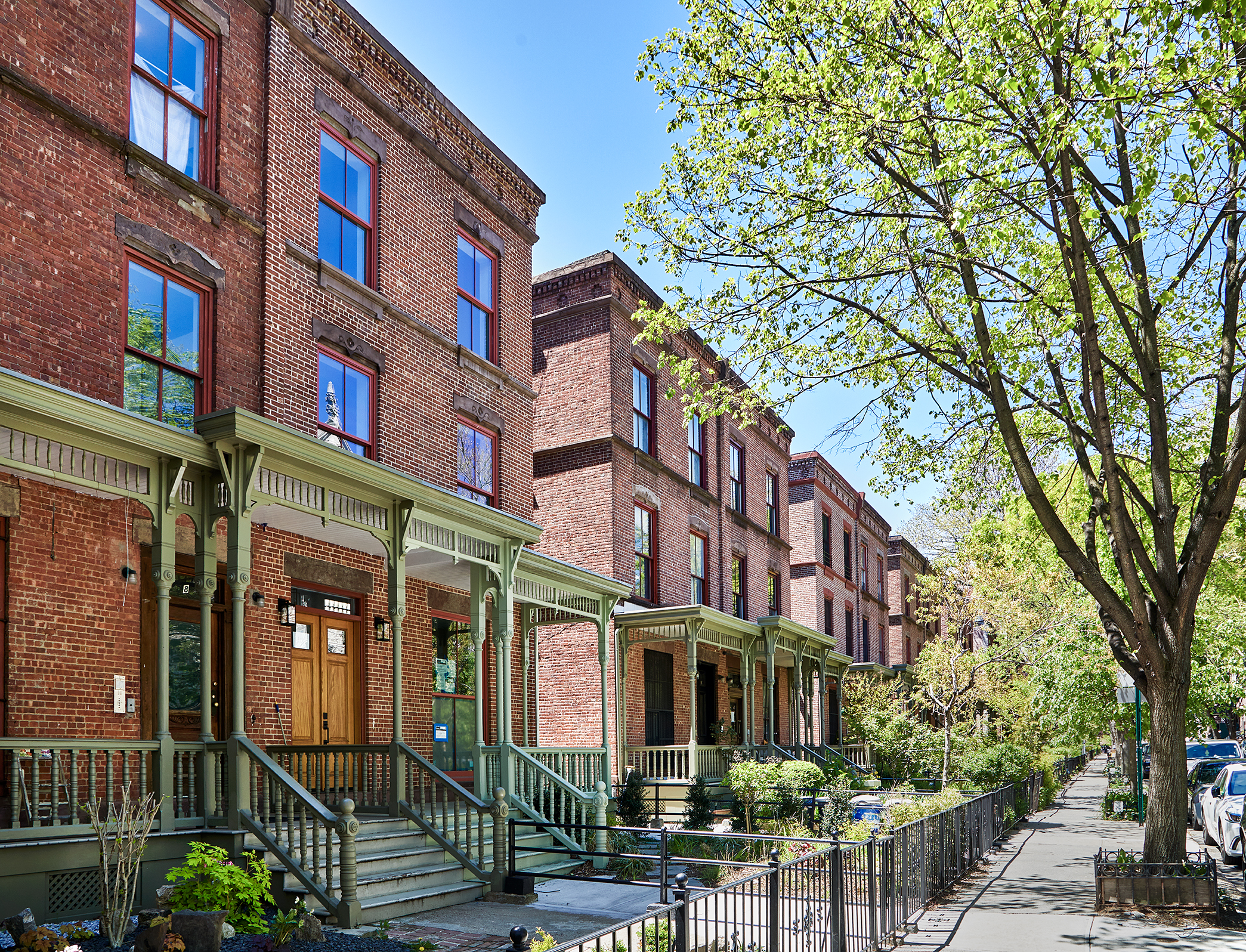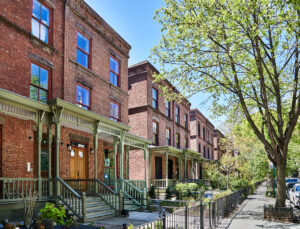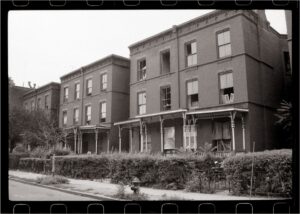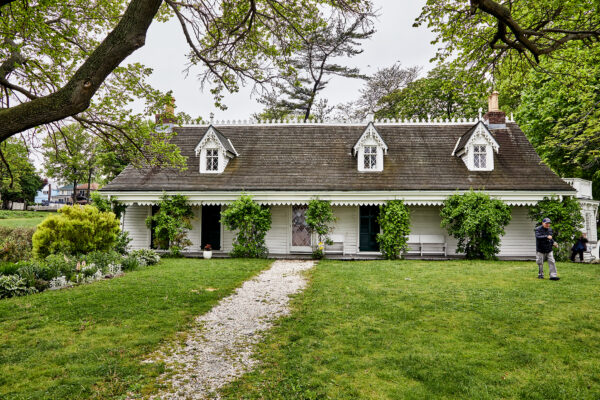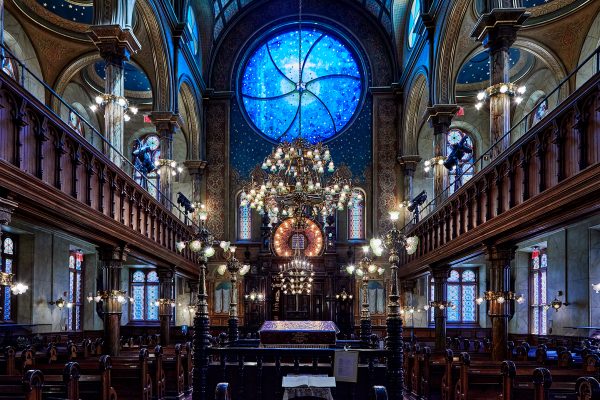Why are these buildings significant?
Comprising 28 three-story houses, Astor Row was a pioneering example of speculatively built housing, among the first in Harlem. William Backhouse Astor, Jr., the grandson on John Jacob Astor who had purchased the land in 1844, spearheaded the development of these two-family homes. A highly distinctive aspect of Astor Row and a Manhattan rarity is that the houses are recessed from the street and all enjoy the light-and-air advantages of front and side yards. Each house has a wooden porch with decorative cornices, columns, and balustrades.
What did the New York Landmarks Conservancy do?
We invested more than $3.1 million on the block over a 13-year period. We rehabilitated two of the block’s properties into eight limited-equity co-op units, restored 25 of its historic porches, and completed other necessary restoration work on roofs, chimneys, and historic fences. We also cleaned and repointed 15 of the brick façades in conjunction with the New York City Landmarks Preservation Commission.
Contemporary

